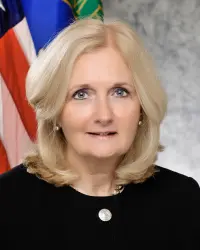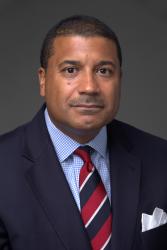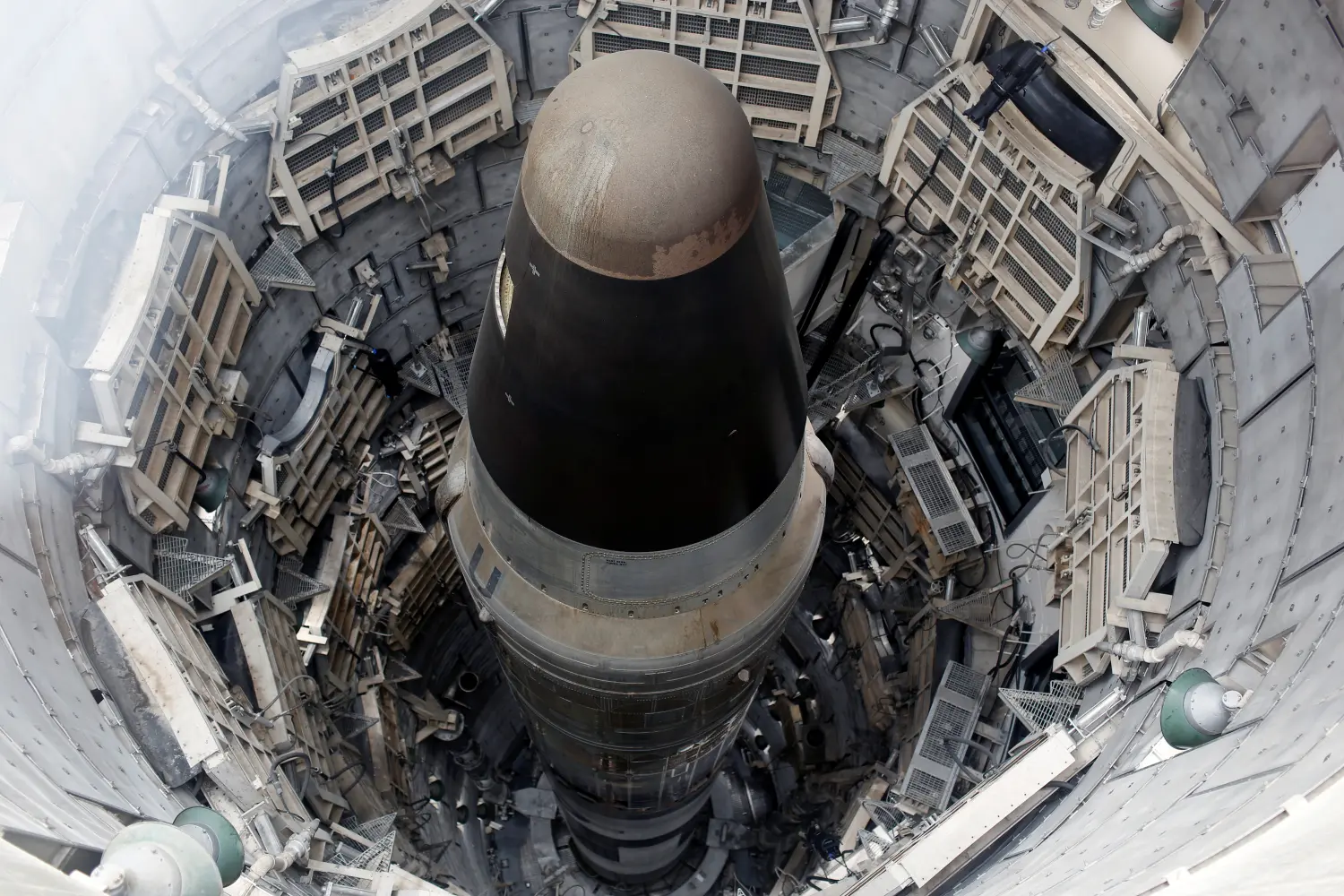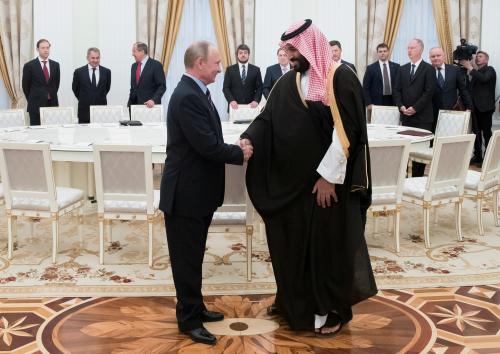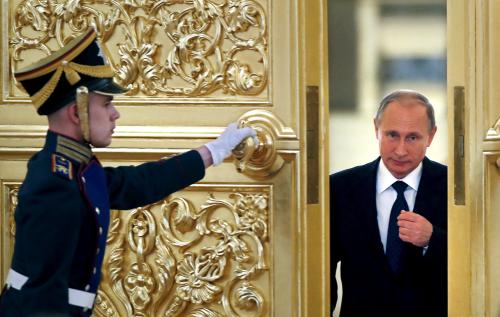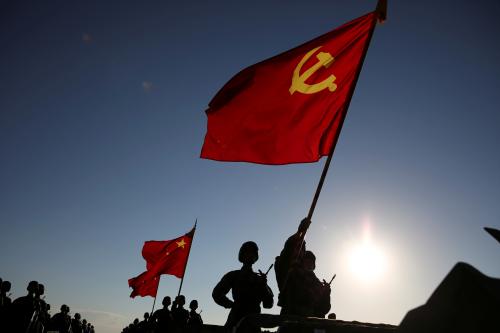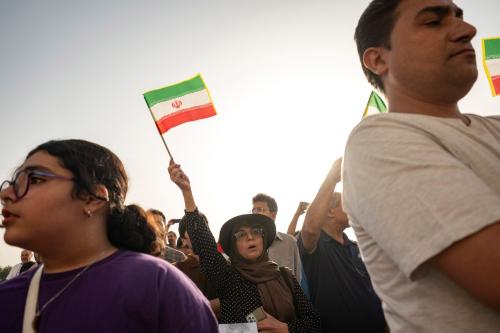On February 15-17, foreign officials and security leaders from around the globe will meet in Munich to discuss the world’s most pressing security challenges. Some of these top concerns include issues of nuclear arms control, non-proliferation, and strategic stability related to Russia, China, Iran, and North Korea. Brookings scholars discuss what you need to know in this edition of the Brookings Foreign Policy Interview series.
Director’s summary
Since the end of the Cold War, more attention has been given to nuclear non-proliferation issues at large than to traditional issues of deterrence, strategic stability, and arms control. Given the state of current events and the re-emergence of great power competition, we are now starting to see a rebalance, with a renewed focus on questions of stability and arms control. In August 2017, Brookings Vice President and Director of Foreign Policy Bruce Jones convened eight Brookings scholars and affiliates—Madelyn Creedon, Robert Einhorn, Bonnie Jenkins, Suzanne Maloney, Michael O’Hanlon, Jung Pak, Frank Rose, and Strobe Talbott—to discuss the shifting balance and prioritization of strategic stability and non-proliferation. The edited transcript below reflects their assessments of the new nuclear world order; the current state of arms control with Russia and China; the impacts of emerging technologies; the status of the non-proliferation regime, including a look at North Korea and Iran; and U.S. nuclear policy moving forward. The Appendix explains key agreements and treaties that have shaped the arms control and non-proliferation regime to date.
The discussion found that:
- The classic model of arms control (based on bilateral U.S.-Russia agreements like New START and the Intermediate-Range Nuclear Forces Treaty) has come under immense strain given the current security climate, the return of great power competition, and the advent of new technologies. Despite that strain, the role of arms control continues to be paramount in reducing the risk of nuclear war, which should remain the priority of U.S. nuclear policy.
- The security environment for a successful non-proliferation regime is deteriorating. The major challenges are Russia using the threat of its nuclear weapons to achieve a broader geopolitical strategy, China’s resurgence as a great power, the United States’ unilateral withdrawal from the Iran nuclear deal, and a North Korea unlikely to accept complete denuclearization in the near to medium term.
- Despite that deterioration, Russia, China, and the United States have continued to find areas of cooperation in order to maintain the integrity of the non-proliferation regime, such as with Iran and North Korea. However, even those areas are now under strain.
- Nuclear proliferation to U.S. allies remains unlikely but if allies begin to seriously question U.S. security assurances at the same time that external threats mount, some countries may reconsider what was once a non-starter. Moving forward, executive policy and language needs to affirm U.S. extended deterrence commitments to our allies and partners.
- The context surrounding U.S. nuclear weapons has shifted drastically in the last decade, amplified by the resurgence of great power competition with China and Russia, escalated proliferation by North Korea, and development of new technologies. The U.S. nuclear modernization debate necessitates a recognition of major shifts in recent years to reflect clearly the changes of the geopolitical situation.
- Policymakers must rethink how best to restore stability by considering new technologies in non-nuclear strategic domains (cyber, space, bio, etc.) and methods for discussions, not just bilaterally with Russia but multilaterally with China and others. The United States needs to begin strategic stability dialogues with both Moscow and Beijing.
- The Trump administration should extend New START for five years, as allowed by the terms of the treaty, in a demonstration of confidence-building for U.S.-Russia relations and U.S. support for arms control and non-proliferation commitments.
- In an effort to strengthen nuclear weapons policies that will re-establish global stability and reduce the risk of nuclear war by including emerging technologies and utilizing innovative approaches, the United States must consciously engage the next generation. This effort should be concentrated in schools, but will require collaboration with national labs and government to ensure successful pathways of entry for generational overlap and replacement.
This interview was being finalized when the United States decided to suspend its obligations under the Intermediate-Range Nuclear Forces Treaty, and Russia—whose non-compliance provoked the U.S. decision—took a similar decision. In a post-script addendum, Frank Rose, Strobe Talbott, and Madelyn Creedon discuss the implications. While they do not agree on the merits of the U.S. decision, they see the need for the United States to simultaneously work to uphold commitments to our allies, while engaging in diplomatic efforts with Russia to manage the fallout of the treaty’s demise in a way that protects New START. In order to do so, U.S. deployment of ground-based missiles overseas would be unwise.
The Brookings Institution is committed to quality, independence, and impact.
We are supported by a diverse array of funders. In line with our values and policies, each Brookings publication represents the sole views of its author(s).
